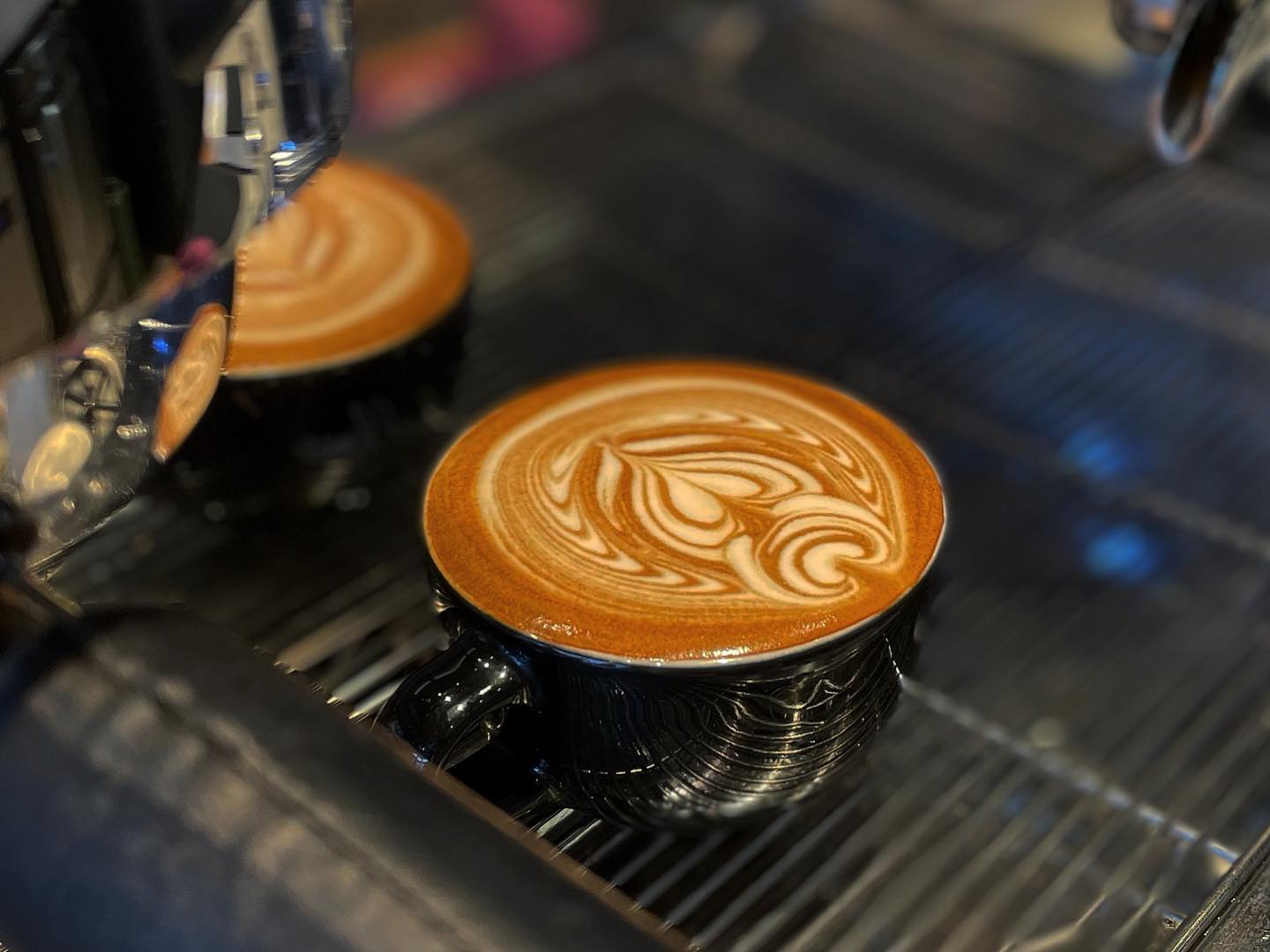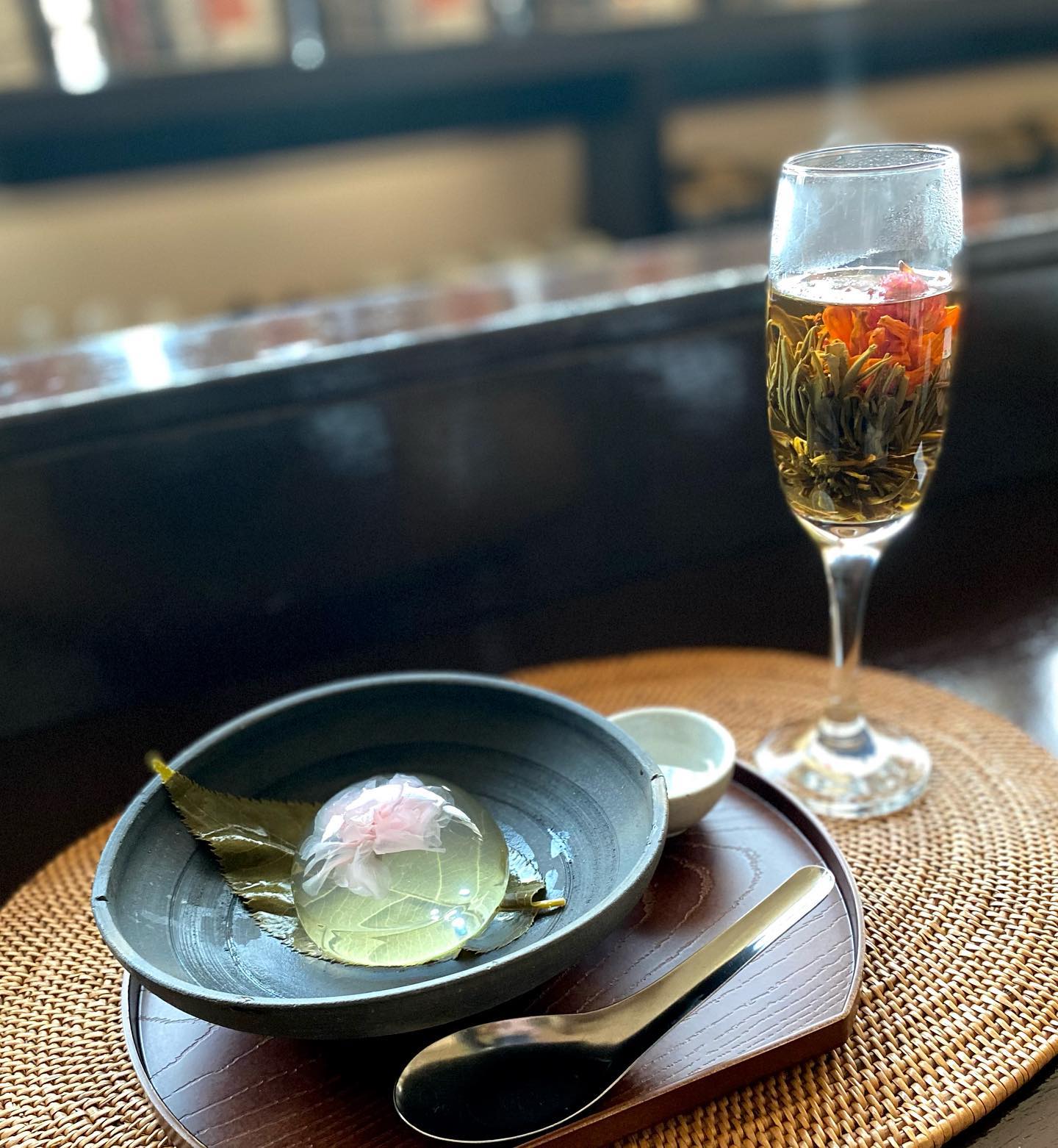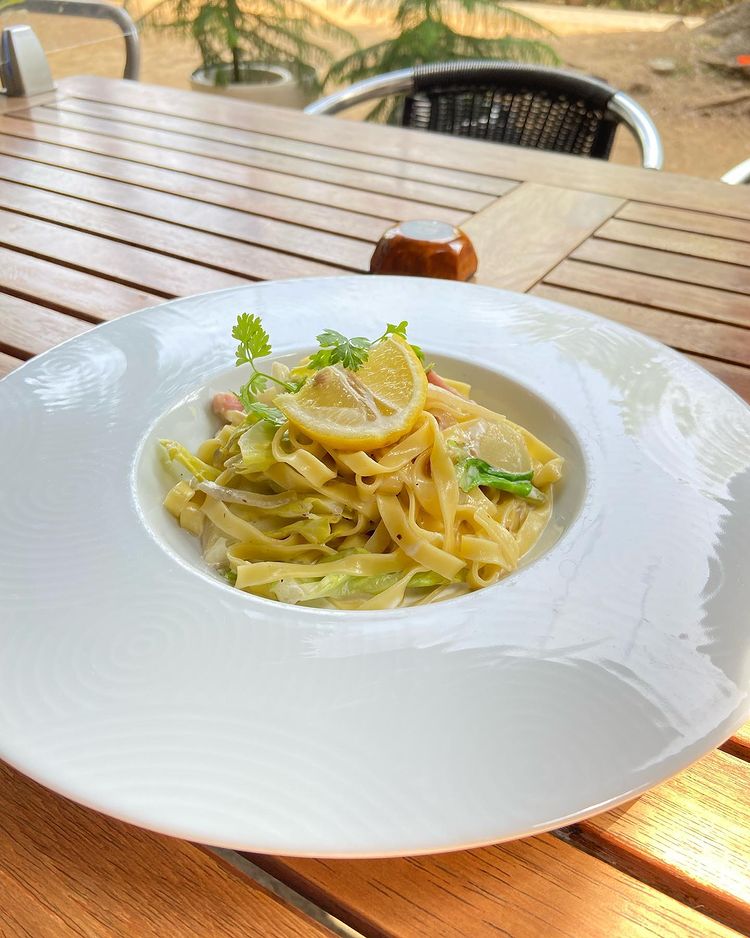When you walk through a Greek village in the early morning, chances are you’ll hear the clinking of tiny porcelain cups, smell the rich aroma of freshly brewed coffee, and catch the soft bubbling sound of a briki simmering on a stovetop. This isn’t just coffee—it’s Greek coffee (Ellinikos Kafes), a centuries-old ritual that symbolizes hospitality, conversation, and tradition.
Unlike modern coffee, Greek coffee isn’t rushed or machine-made. It’s carefully brewed, enjoyed slowly, and often shared among friends and family. If you want to capture a piece of this Mediterranean tradition, here’s everything you need to know about how to make Greek coffee the authentic way.
What Makes Greek Coffee Different?
Greek coffee belongs to the family of unfiltered coffees, much like Turkish or Arabic coffee, but with its own distinct character. What sets it apart?
- Ultra-fine grind – Powder-like coffee grounds create a bold and thick brew.
- The kaimaki (foam) – A golden, creamy foam that forms on top; the pride of every Greek coffee.
- Served in small cups – Traditionally sipped slowly, never rushed.
- Unfiltered style – Grounds settle at the bottom, creating a rustic, earthy flavor.
It’s more than just a drink—it’s a social ritual. A single cup can last an hour, often accompanied by heartfelt conversation, playful debates, or even fortune-telling from the coffee grounds.
What You’ll Need to Brew Greek Coffee
Before you learn how to brew Greek coffee at home, make sure you have the essentials:
- Briki (Μπρίκι): A small, narrow coffee pot made of copper, stainless steel, or aluminum. Its shape is key to creating the kaimaki.
- Finely ground Greek coffee: Popular brands include Loumidis or Bravo, but any ultra-fine Arabica blend works.
- Cold water: Always measure with the serving cup.
- Sugar (optional): Sweetness is decided before brewing, not after.
- Demitasse cups: Small porcelain cups perfect for serving.
Checkout: How to Use a Moka Coffee Maker
Sweetness Levels in Greek Coffee
One charming detail about Greek coffee is that sugar isn’t stirred in afterward—it’s brewed into the coffee itself. Here are the classic styles:
- Sketos (plain): No sugar. Bold and bitter.
- Metrios (medium): 1 teaspoon sugar. Balanced flavor.
- Glykos (sweet): 2 teaspoons sugar. Rich and sweet.
- Vary Glykos (extra sweet & strong): Double the coffee and sugar for an intense experience.
Read More: How to Store Coffee Beans
Step-by-Step Guide: How to Make Greek Coffee
1. Measure the Water
Fill your demitasse cup with cold water and pour it into the briki. This keeps the measurement precise.
2. Add Coffee and Sugar
For each cup of water, add one heaping teaspoon of Greek coffee. If you prefer sugar, add it now—never afterward. Stir gently until combined.
3. Heat Slowly
Place the briki on low heat. Resist the urge to rush. This slow heating process is what builds the kaimaki and deepens the flavor.
4. Watch the Kaimaki Rise
As the coffee warms, a foamy layer begins to form. This is the kaimaki, the crown jewel of Greek coffee. Just before it boils, remove the briki from the heat.
👉 Pro tip: If brewing more than one cup, first pour a little foam into each cup, then evenly distribute the rest.
5. Pour and Serve
Pour slowly into the demitasse, allowing the foam to sit on top. Never stir once it’s in the cup. The grounds will settle naturally at the bottom.
More About: How to Make Coffee with Instant Coffee
The Ritual of Drinking Greek Coffee
Greek coffee isn’t meant to be gulped down like espresso or iced coffee. It’s a slow, mindful experience. Traditionally, it’s enjoyed with:
- A glass of cold water to cleanse the palate.
- A small sweet treat, like loukoumi (Greek delight) or baklava.
- Conversation—the coffee break is about connection as much as caffeine.
- Fortune telling (Kafemanteia): Some Greeks flip their cup upside down after drinking to “read” the patterns in the coffee grounds.
Checkout: How to Make Vietnamese Coffee
Secrets to the Perfect Cup
- Use cold water only—this helps the foam form.
- Always brew on low heat for rich flavor.
- A smaller briki works better for fewer cups.
- Don’t rush; making Greek coffee is as much about patience as taste.
- Pair it with music, company, or silence—it’s adaptable to your mood.
Also Know: How to Use a Coffee Maker on the Stove
The Health Side of Greek Coffee
Studies from the island of Ikaria, one of the world’s famous “Blue Zones,” suggest that daily Greek coffee may contribute to longevity. Its benefits include:
- Rich in antioxidants that support heart health.
- Improved circulation, especially in older adults.
- Moderate caffeine levels—less intense than espresso, but enough to energize.
No wonder the people of Ikaria, many of whom live past 90, swear by their morning cup.
More About: How to Dress a Coffee Table in a Coffee Shop
Why You Should Learn How to Make Greek Coffee
Learning how to make Greek coffee at home isn’t just about brewing a drink—it’s about bringing tradition, history, and mindfulness into your daily life. Each cup is a reminder to slow down, savor the moment, and connect with others.
So, next time you crave coffee, skip the machine. Instead, heat your briki, watch the kaimaki rise, and let Greece’s oldest coffee ritual bring warmth to your cup.
Checkout: How to Make Coffee Liqueur
Final Thoughts
Greek coffee is more than caffeine—it’s a cultural emblem. With just a briki, finely ground coffee, and patience, you can recreate this timeless ritual in your own kitchen. Whether you drink it plain, medium, or sweet, one thing is certain: Greek coffee is best enjoyed slowly, with good company, and with respect for tradition.
FAQ’s
Greek and Turkish coffee are very similar in preparation—they’re both brewed in a small pot with ultra-fine coffee grounds. The main difference lies in cultural tradition, flavor variations, and sometimes the roasting style. In Greece, the coffee is called Ellinikos Kafes and is often enjoyed with conversation and a slower pace, while Turkish coffee has its own serving customs and spices in some regions.
The foam, called kaimaki, is the pride of a good cup of Greek coffee. It signals that the coffee was brewed slowly and correctly. A thick, golden kaimaki not only enhances the flavor and texture but is also considered a mark of skill in the person who prepared it.
Technically, you can use a small saucepan, but a briki is strongly recommended. Its narrow top and long handle are designed to help the coffee foam properly and to control the pour. If you want authentic results, investing in a briki is worth it.
Greek coffee has a strong flavor, but it’s not as concentrated in caffeine as espresso. A small cup of Greek coffee typically contains less caffeine, making it smoother to sip slowly. The strength is more about taste and texture rather than caffeine punch.
No—you should not drink the grounds. After sipping the liquid portion, leave the sediment at the bottom of the cup. In fact, some people use the leftover grounds for fortune telling, a practice called kafemanteia.





